The following article will provide useful information related to the purpose, application and instructions on how to reuse wastewater in life and production.
Nội dung
1. Purpose of wastewater reuse
Vietnam, a country in the stage of strong industrialization and modernization. As a developing country, Vietnam always keeps up with advanced technologies from major countries.
Always being facilitated by the Party and the State. Enterprises in Vietnam are encouraged and supported to develop according to the circular economic model. So that the output products of the production process are used effectively and thoroughly.
In each factory, the output is not only the business products of that enterprise. But also a large amount of wastewater and waste are created. If these types of waste continue to be used as raw materials for other manufacturing industries or are treated and reused for production. This not only helps businesses save a large amount of money but also reduces the amount of waste on the earth.
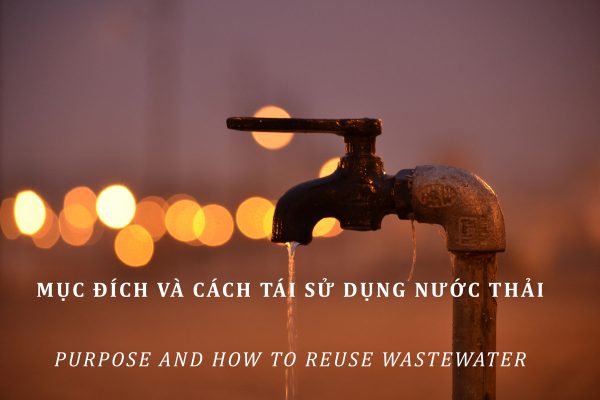
Benefits of wastewater reuse in production and the environment:
Specifically, when wastewater from production processes is reused. Helps businesses save on operating costs, wastewater treatment costs and purchasing production water. In addition, it also contributes significantly to reducing pollution and environmental impacts, saving water resources for the future.
Learning about the purposes of wastewater reuse and how to use them effectively will help us have a more general view of the value of wastewater. From there, it is easy to get good and suitable solutions for your factory.
Some purposes and applications of wastewater reuse in some manufacturing industries are presented below.
1.1 Application of treated wastewater for reuse in production
Reusing wastewater for production or reusing wastewater in industry is the process of collecting and treating wastewater from factories. In which the treatment is carried out through water treatment systems and equipment. The water recovered after the treatment process meets clean water standards.
Wastewater from these industrial activities is treated and then reused to serve other industrial activities. Instead of removing it or treating it by releasing it into the environment.
Some purposes of reusing wastewater for production are:
- Public sanitation.
- Irrigation to maintain the factory’s green space.
- Cooling and cleaning of equipment.
- Recirculation of the production process (Zero liquid discharge solution – ZLD).
Some of the industries that use treated wastewater include textile, chemical, electronics, and food industries. Manufacturing facilities in these industries often use large amounts of water for production. Therefore, reusing wastewater will help save a business a cost.
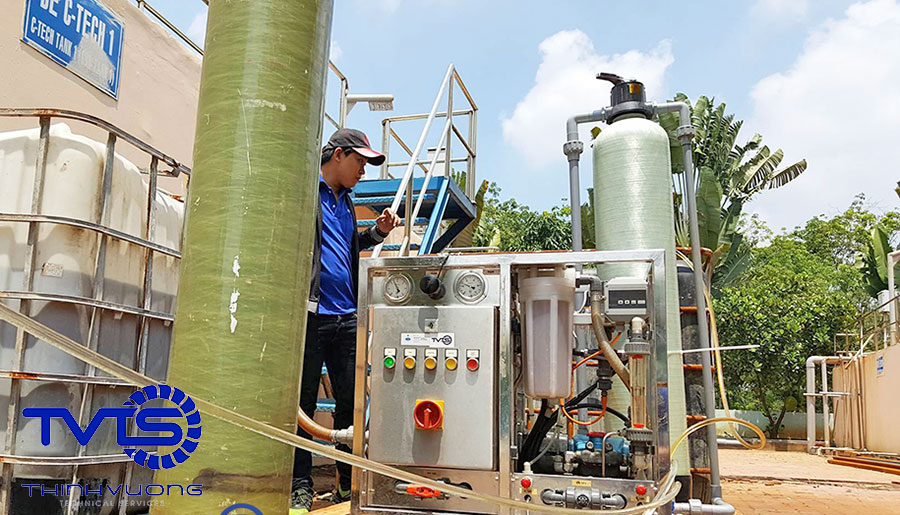
1.2 Reuse of wastewater in urban areas
Urban wastewater includes: industrial wastewater, domestic wastewater, public service wastewater, hospital wastewater, household wastewater, rainwater to create surface water in rivers, canals, ponds, lakes, etc.
The above wastewater sources can be pre-treated. Then they are brought to the main collection and treatment site of that urban area. Clean water after treatment can be reused for a number of purposes such as:
- Irrigation, maintenance of green areas of urban areas, parks, residential areas.
- Recharge groundwater.
- Regulating lakes containing water for fire prevention and fighting in urban areas.
- Recharge into water sources to produce domestic water.
1.3 Reuse of Wastewater in Agriculture
Agricultural wastewater is emitted from agricultural activities, such as:
- Cooling barns and farms.
- Washing equipment and machinery.
- Rainwater: Rainwater can carry sludge particles, pollutants from fields, nutrients from fertilizers, and chemicals from agricultural activities.
- Livestock wastewater: Animal husbandry areas such as cattle and poultry farms produce wastewater containing many chemical compounds and organic waste. This wastewater is often treated in septic tanks before being discharged into the environment.
- Crop wastewater: The use of fertilizers and pesticides results in wastewater containing nutrients and chemicals.
Wastewater sources in agriculture will be collected for treatment, removing pollutants and creating reused water. The purpose of reusing wastewater in agriculture is to use it for the activities that create wastewater.
Because agricultural activities do not require very high water quality. Therefore, reusing water in agriculture will have many advantages. Creating many economic and social benefits.
1.4 Purpose and method of reusing fishing wastewater
Fishing wastewater is generated from activities and facilities related to the fishing industry and fish farming. Fishing wastewater contains compounds and wastes originating from the breeding and processing of fish and aquatic animals. Fishing wastewater often includes the following elements:
- Organic matter: contains many organic compounds, including excess food, waste, etc.Suspended solids (TSS) in water are
- high due to the decomposition of organic matter.
- Nutrients: Fishing wastewater is often rich in nutrients, such as nitrogen and phosphorus. They are created by natural excretion and the use of feed during fish farming.
- Chemical compounds: Chemicals, antibiotics, and disinfectants are used.
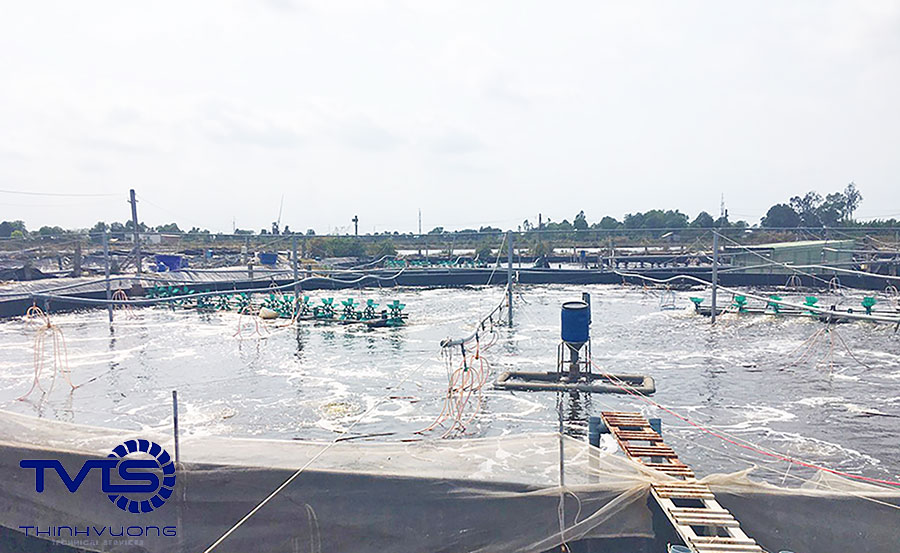
Methods of treating fishery wastewater include: filtration systems, aeration ponds, water treatment systems, and biological treatment processes to remove waste. Then the water is cleaned before it is discharged into the environment or reused.
The purpose of using recycled water in the fishery is as follows:
- Put into the seafood production process.
- Circulate to farms, aquaculture ponds.
1.5 Reuse of domestic wastewater
Domestic wastewater is wastewater originating from human activities, including: wastewater from households, small businesses, public facilities, hospitals, schools. Domestic wastewater contains waste and pollutants from activities such as cooking, dishwashing, personal hygiene, and waste disposal.
Domestic wastewater is divided into 2 groups as follows:
- Black wastewater: from toilet area.
- Grey wastewater: from kitchen area, bathroom, hand washing, laundry, ….
Domestic wastewater is usually collected for centralized treatment. Domestic wastewater treatment methods include filtration systems, biological treatment systems, chemical treatment systems, and wastewater treatment processes to remove waste and clean water.
Domestic wastewater reuse requires strict management to ensure that the water is treated safely and meets the necessary standards for reuse.
Some purposes or applications of domestic wastewater in reuse are similar to wastewater reuse in urban areas. Refer to section 1.2 in this article.
1.6 Treated wastewater reuse for watering plants
The reuse of treated wastewater for watering plants is being closely monitored in the Law on Water Resources. According to Article 9, Clause 3 of the Law, it is strictly prohibited to discharge wastewater into the ground, underground water layer through drilled wells, dug wells and other forms of wastewater discharge into the ground.
Therefore, the question is whether using treated wastewater for watering plants is an illegal form of discharge or not?
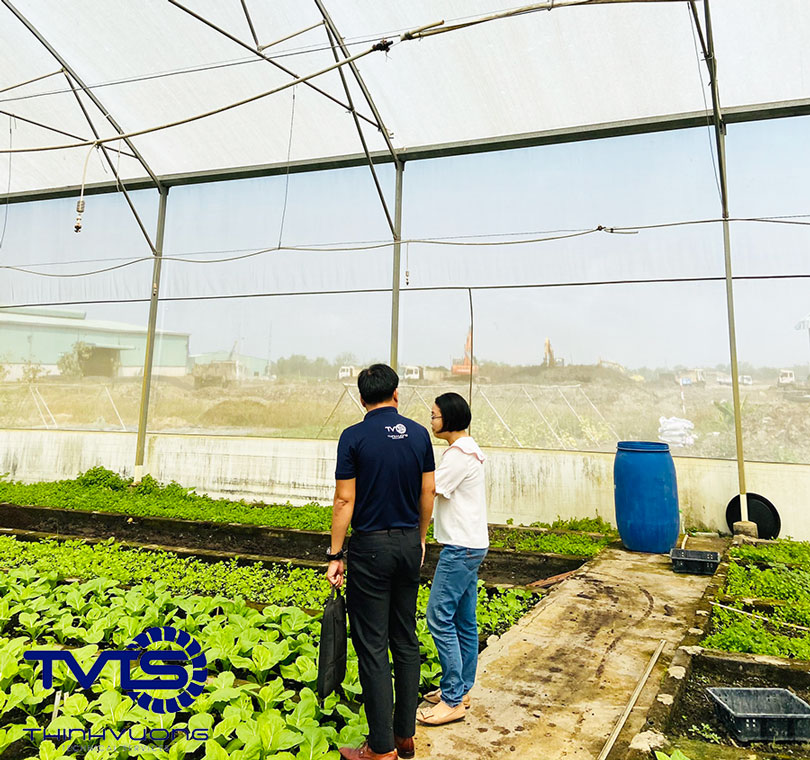
The answer is yes. However, to save water and reuse treated wastewater, the Ministry of Natural Resources and Environment has specific instructions as follows.
Consider allowing the reuse of treated domestic wastewater for watering plants. For domestic wastewater after treatment, it must meet the National Technical Regulation on domestic wastewater, type A – QCVN 14: 2008/BTNMT. At the same time, it must meet the National Technical Regulation on irrigation water quality type B1 – QCVN 08-MT: 2015/BTNMT. However, irrigation is only applied in the facility area.
In addition, irrigation activities will be closely monitored to avoid over-discharge into the groundwater.
2. Instructions on how to safely reuse wastewater
Water reuse must strictly comply with clean water regulations. Water quality after treatment refers to the regulations on wastewater reuse in QCVN and TCVN.
Some basic instructions on how to safely reuse wastewater/things to note when reusing wastewater:
2.1 Learn about wastewater that needs to be treated for use
First, you need to clearly understand the properties of the wastewater that needs to be treated. Wastewater can be divided into many different levels of pollution. Because less polluted wastewater will be easier to treat than heavily polluted wastewater.
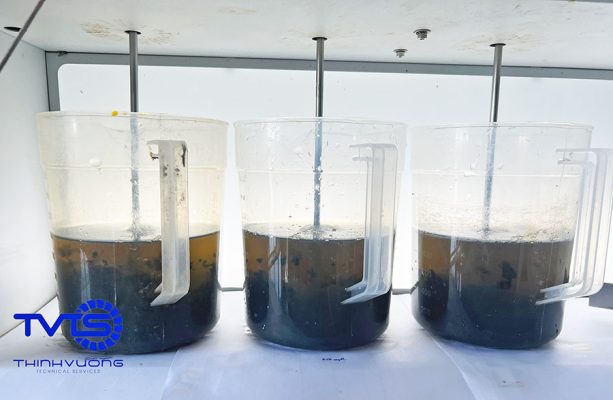
To classify the pollution level of wastewater, we analyze the BOD/COD ratio
How does the BOD/COD ratio assess the pollution level of wastewater?
The COD index indicates the amount of oxygen needed to completely oxidize organic substances in water. BOD indicates the amount of oxygen needed for microorganisms to oxidize organic substances in water.
Therefore, the COD index is always greater than the BOD index. Therefore, the BOD/COD ratio is always less than 1. Normally, this ratio is between 0.5 and 0.7.
Wastewater with a BOD/COD ratio of 0 means that the wastewater is clean if the COD is less than 500 ppm. When the COD index is high, the wastewater may contain substances that inhibit microorganisms. In this case, basic physical and chemical methods can be used, then RO membrane technology can be used to thoroughly treat the pollutants.
For water with a lower BOD/COD ratio, biological treatment will not be effective. Because wastewater contains many organic compounds that are difficult to decompose by microorganisms. Other treatment methods such as physical and chemical (coagulation, flocculation) are needed to treat organic compounds that are difficult to decompose.
When wastewater has a BOD/COD ratio of about 0.5 or higher, biological methods can be applied to treat water.
2.2 Wastewater treatment
Based on the level of pollution of wastewater. We proceed to propose appropriate water treatment methods and technologies. Conduct experiments to evaluate the effectiveness of possible solutions.
From the results obtained. Develop a design and construction plan for wastewater treatment.
Wastewater treatment systems ensure the removal of hazardous substances, residues, viruses and bacteria in wastewater. Clean water after treatment must meet discharge or reuse standards according to current regulations.
2.3 Wastewater cleaning
After treatment, wastewater will need to be further cleaned to ensure it is safe for reuse. Wastewater cleaning methods include: disinfection, agitation, sediment filtration, treatment with antibacterial agents, etc.
2.4 Reuse of wastewater
After wastewater has been treated and cleaned. We can use it for purposes such as watering plants, cleaning, cooling, continuing to use for production or even drinking water. It is necessary to ensure that wastewater after treatment is clean and safe enough to avoid causing unwanted effects.
2.5 Monitoring and testing wastewater quality
The operating technician should regularly check the quality of the treated wastewater. Ensure that it meets the safety standards for use. If necessary, adjust the wastewater treatment process to ensure the best quality.
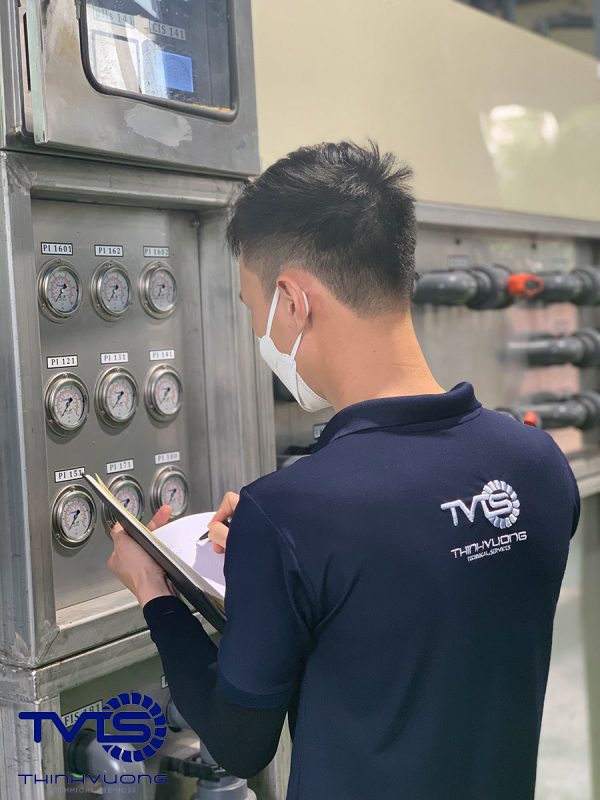
2.6 Compliance with regulations and laws
Comply with regulations and laws related to wastewater reuse. Including registering for a license to use reused wastewater.
2.7 Awareness and training
Create awareness of wastewater reuse in the community. At the same time, ensure that people understand the benefits and trust in this. Train those in charge of using reused wastewater safely and effectively.
3. Proposing effective wastewater reuse solutions in Vietnam
Use clean water after treatment to operate and maintain green parks. Build parks and green areas, maintain diverse ecosystems. It will handle two major problems:
One is to consume and utilize the waste water.
The second is to build a green park area near the industrial park. From there, create a resting space for workers.
Trees help to process part of the greenhouse gas emissions. Ecosystem with fresh air.
The above solution will be suitable for large capacity wastewater treatment plants. Such as: domestic wastewater treatment area, concentrated industrial wastewater treatment area.



